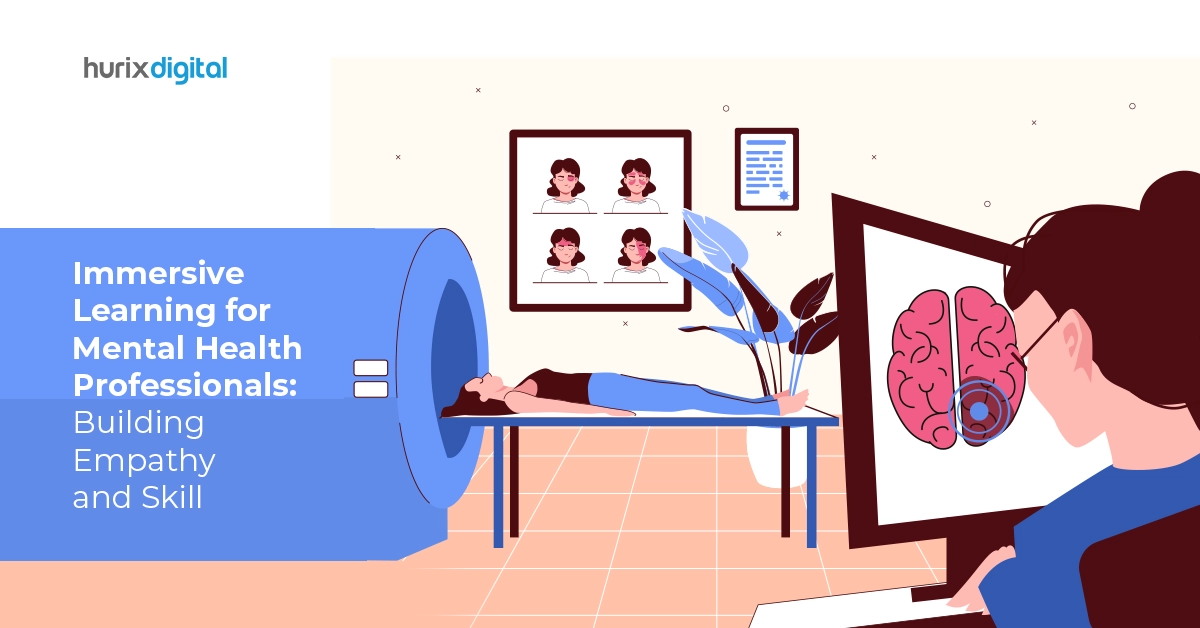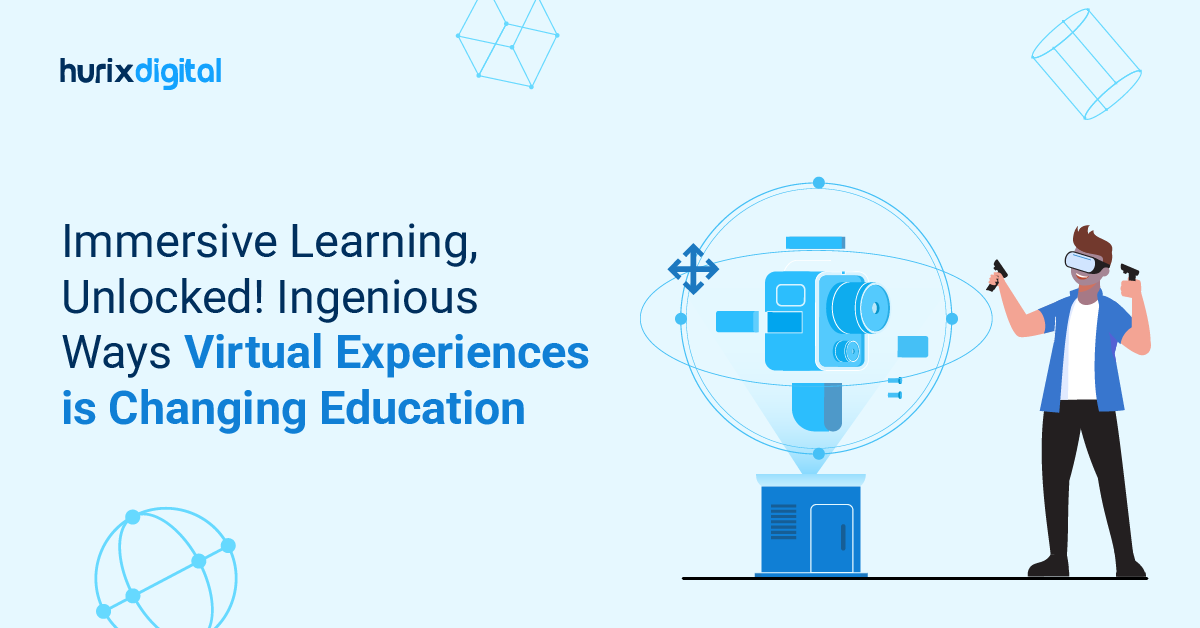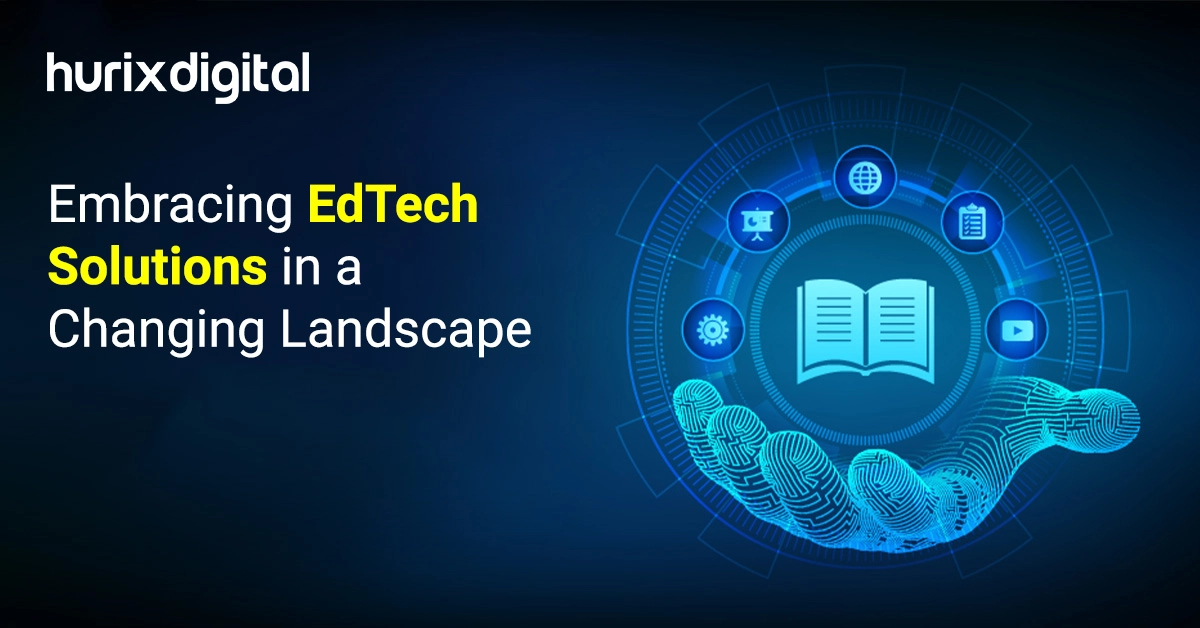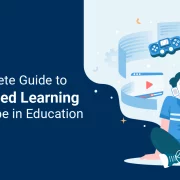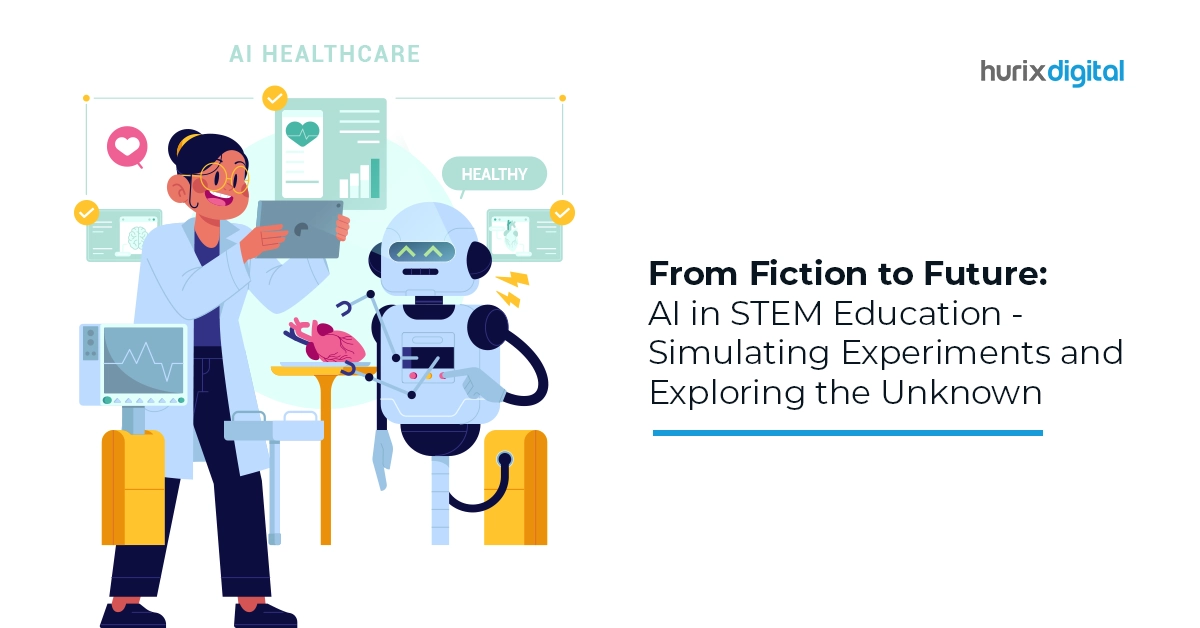
From Fiction to Future: AI in STEM Education – Simulating Experiments and Exploring the Unknown
Summary
Discover how AI is transforming STEM education through simulation and experimentation. This blog explores innovative uses of AI to enhance learning and exploration in STEM fields.
Ever wish you could conduct experiments and explore new phenomena without physical or geographical constraints? Sounds like science fiction, right? Well, not anymore! This futuristic notion is now a reality – thanks to the power of artificial intelligence (AI).
Using AI in STEM education bridges the gap between theory and practical applications. It enables you to create virtual learning environments that simulate experiments and explore the unknown. As a result, you can make online education more engaging, accessible, and effective.
Join us as we uncover how AI breathes life into the STEM curriculum. Learn how it breaks barriers and unleashes the full potential of interactive learning.
Table of Contents:
- The Rise and Influence of AI in STEM Education
- Unraveling the Benefits of AI in STEM Education
- Ethical Considerations of AI in STEM Education and Their Solutions
- Summing Up
The Rise and Influence of AI in STEM Education
Did you know that the demand for skilled STEM professionals is rising? In the USA alone, by 2025, there could be a whopping 3.5 million jobs up for grabs! However, a talent gap may leave up to 2 million of these positions unfilled.
That’s where AI in STEM education steps up as a game-changer. Traditional classrooms are no longer the sole avenue for education. AI-powered blended learning is the new frontier, offering accessibility and flexibility.
It allows students to access educational resources and engage in immersive learning experiences. They can step into virtual learning environments that transcend the limitations of physical spaces.
Also Read: Ethical Considerations of AI in K12 Education: Navigating the Future of Learning
Unraveling the Benefits of AI in STEM Education
The integration of AI offers diverse benefits that cater to the unique needs of students. Here are some ways AI can enrich remote education:
1. Personalized Learning Experiences
AI tailors educational content to a student’s unique needs, learning pace, and style. It breaks down complex STEM content into bite-sized, self-contained lessons.
This personalization is necessary to understand complex concepts and retain them. Here’s how AI helps in this process:
- AI Adapts to students’s learning styles, whether they’re visual learners or prefer hands-on tasks. This tactic helps in the practical understanding and absorption of learning materials.
- It transforms complex topics in science and mathematics into a series of engaging scenarios. This enables instructors and students to tackle one concept at a time.
2. Enhanced Student Engagement
Learning through AI is dynamic, with games, robotics, and smart solutions that turn education into an adventure.
- AI-driven gamification elements make learning fun and interactive. It encourages students to partake actively in STEM subjects.
- Features like leaderboards, rewards, and interactive challenges can captivate students’ interest and foster a deeper engagement.
3. Access to Advanced Learning Resources
Intelligent tutoring systems use AI to provide individual guidance and feedback to students. It ensures that students receive the support precisely when they need it.
Here’s how AI-powered solutions can optimize learning outcomes and promote academic success:
- Assess students’ knowledge gaps, identify misconceptions, and offer remedial instruction.
- Supplements virtual classroom with resources tailored to individual student needs.
- Provides instant explanations or on-demand help, fostering independent learning and mastering STEM topics.
4. Real-World Application and Simulation
AI brings immersive and interactive learning experiences through virtual simulations, augmented reality (AR), and virtual reality (VR).
These technologies allow students to explore complex scientific concepts. Here’s how:
- AI-powered virtual labs offer the opportunity to conduct experiments in a risk-free, immersive setting. For example, a biology student can dissect a virtual frog, or an astronomy student can navigate the galaxies.
- Students can manipulate variables, observe outcomes, and gain practical insights. This experimentation helps to foster a deeper understanding of scientific principles.
5. Adaptive Assessment and Feedback
With high accuracy rates in inspection and grading, AI minimizes the chances of human error. These practices make evaluations fair, precise, and insightful. Here’s how:
- Provides individualized feedback and targeted interventions to address specific learning needs.
- Automates the grading of objective assessments, freeing educators from routine tasks.
- Uses natural language processing (NLP) to assess open-ended responses and essays.
- Identifies instances of plagiarism, ensuring academic integrity and originality.
6. Cultivation of Critical Thinking and Problem-Solving Skills
STEM education is more than simulating experiments. It also nurtures curiosity, innovation, and critical thinking.
AI paves the way for students to explore the unknown, pushing the boundaries of innovation. Here’s how:
- AI algorithms introduce interactive scenarios that demand logical reasoning, creativity, and collaboration.
- It encourages students to approach challenges from diverse perspectives.
This helps develop problem-solving skills, resilience, and the ability to learn from failures.
7. Data-Driven Insights
AI generates valuable insights that empower you to make informed decisions and optimize online teaching resources:
- Provides actionable data on student engagement, performance trends, and areas for improvement.
- It helps you identify patterns and trends in student learning behaviors and optimize your curriculum.
8. Preparation for Future Careers
Blending AI into STEM education can help students adapt to the evolving demands of the global workforce.
It will prepare them for exciting paths in data science, AI, and advanced STEM applications. Here’s how:
- Hands-on experience with AI-driven tools can give them a competitive edge.
- Edtech solutions can provide students with guidance on in-demand skills and job pathways.
Ethical Considerations of AI in STEM Education and Their Solutions
As you immerse yourself in the virtual learning environments, navigating the ethical landscape of AI in EdTech solutions is crucial. Here are the touchstones you should be aware of:
1. Data Privacy and Protection
The student and educator’s digital footprint in online education is vast. But as AI systems become more intelligent, they may overstep into privacy.
Key Solutions:
- Ensure robust data protection measures to safeguard your sensitive information.
- Use techniques to de-identify and anonymize personal data where possible.
- Enforce advanced encryption methods to secure data both in transit and at rest.
- Define clear policies for who can access student data and for what purpose.
- Promote digital literacy and responsible use of technology.
2. Bias and Fairness
The AI facilitating your learning should be a beacon of impartiality. However, it can sometimes perpetuate biases, affecting learners and teachers alike.
Key Solutions:
- Perform routine checks for algorithmic bias and address any issues.
- Enable students with disabilities or learning differences to undertake STEM education.
- Create learning materials that reflect diverse outlooks and experiences.
3. Transparency and Accountability
The decision-making processes in a virtual classroom may lack transparency, leading to concerns about accountability.
Key Solutions:
- Use tools that provide insights into how AI arrives at decisions, promoting transparency.
- Develop and adhere to clear ethical guidelines governing the use of AI in STEM education.
- Create open channels for students and educators to provide feedback and raise concerns about AI-driven educational content.
- Conduct periodic reviews of AI Edtech solutions. It will ensure alignment with ethical standards and educational objectives.
Also Read: Harnessing the Power of Generative AI in Education: Top Six Ways to Enhance Student Learning
Summing Up
AI in STEM education is not just a trend but a necessity in the 21st century. It is transforming how we learn and teach, making education more engaging and effective.
Hurix Digital shines as the frontrunner in this educational revolution. Our AI solutions offer interactive learning experiences, tailored instruction, and insightful analytics.
So, let’s welcome this future, as it promises a better, more intelligent world. Contact us today and leverage the power of AI-powered virtual learning strategies!

Senior Vice President – Business Development
Over 25 years of experience in the edtech and workforce learning industry with strong skills in Business Development, Customer Relationship Management (CRM) and Strategy.

